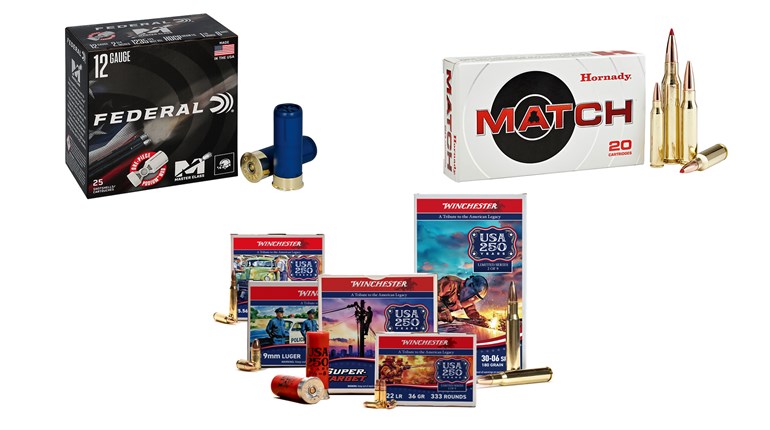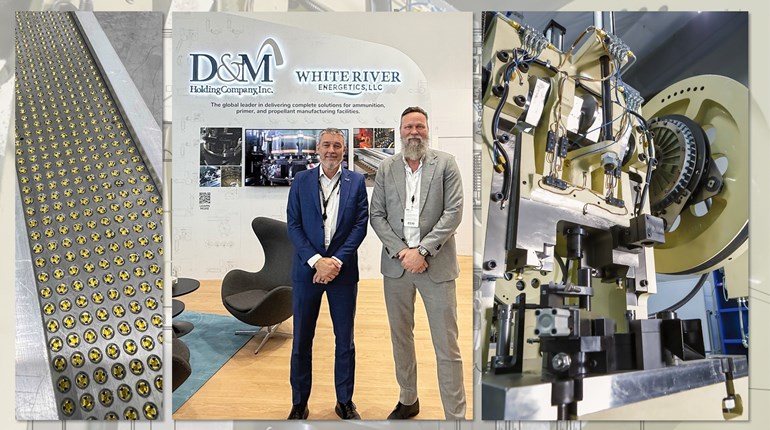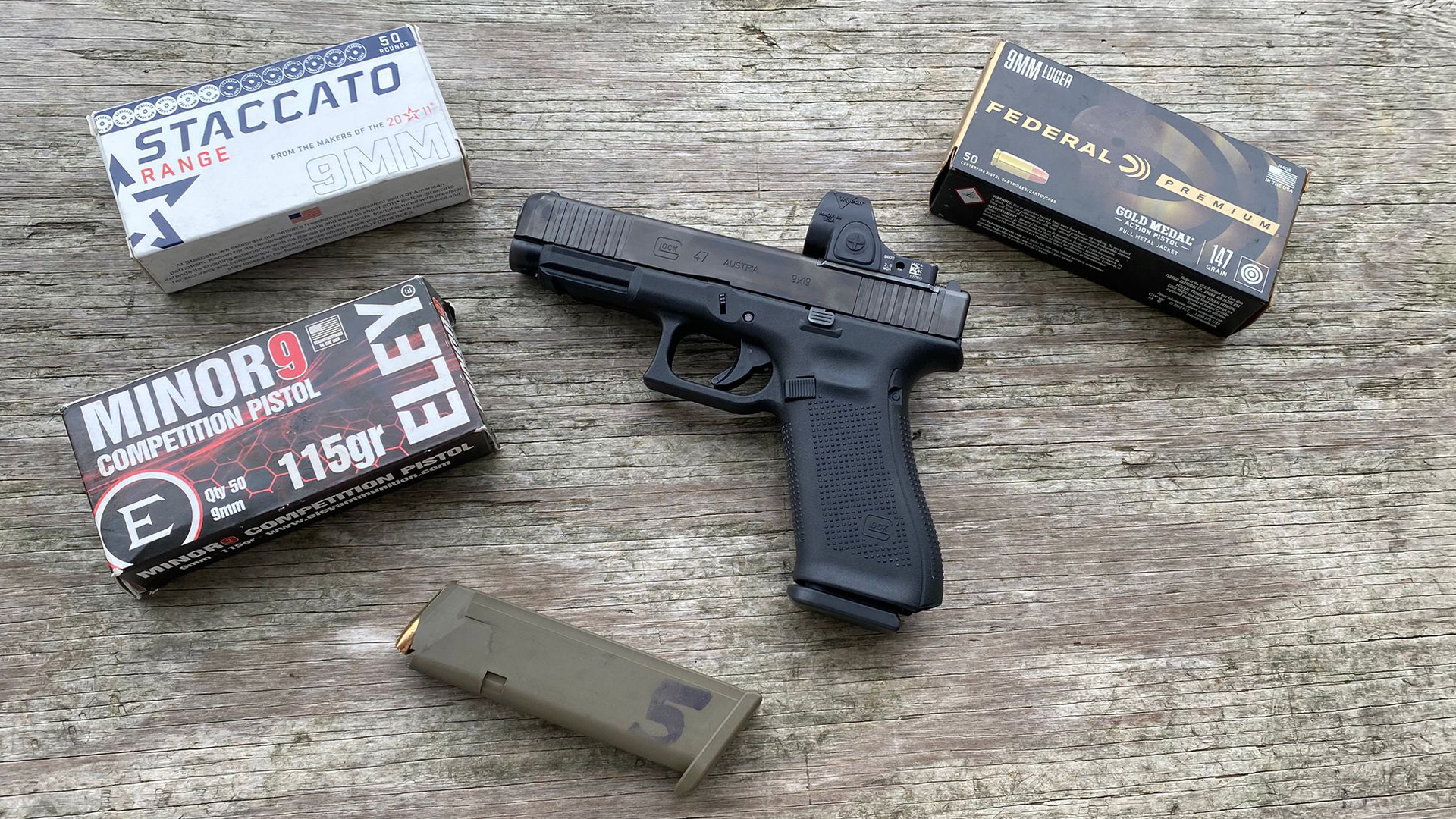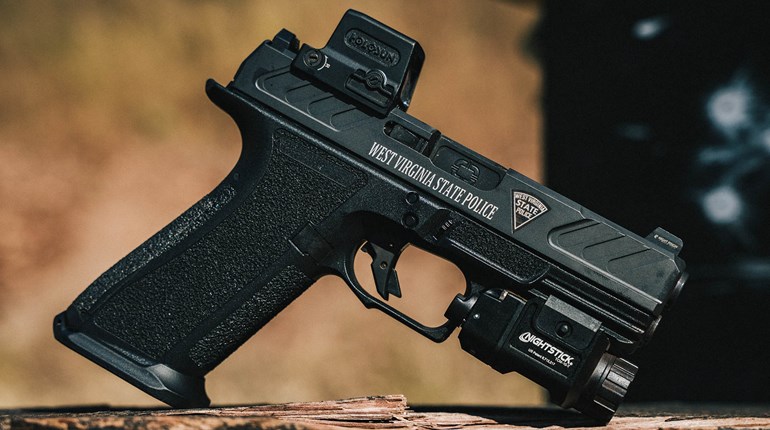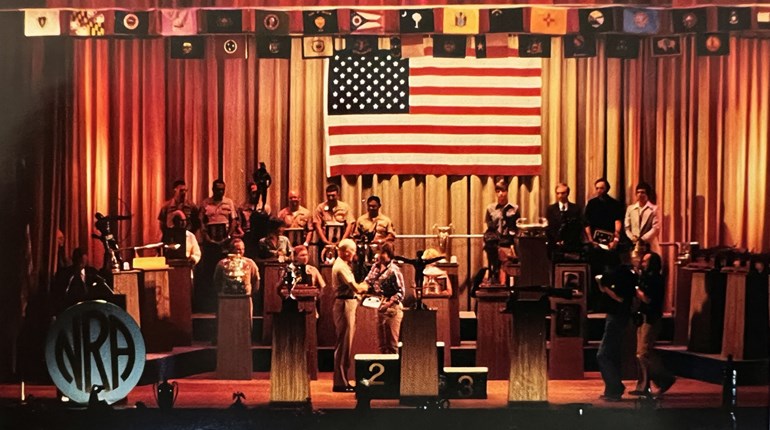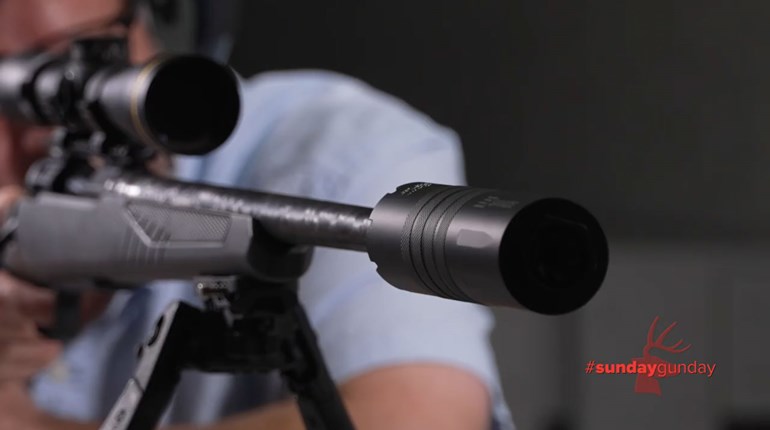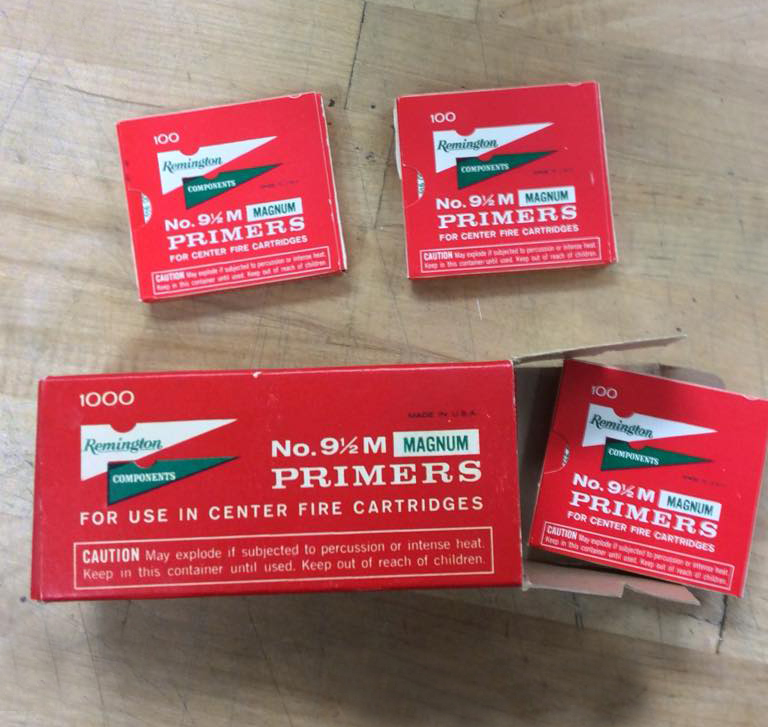
WARNING: All technical data in this publication, especially for handloading, reflect the limited experience of individuals using specific tools, products, equipment and components under specific conditions and circumstances not necessarily reported in the article and over which the National Rifle Association (NRA) has no control. The data has not otherwise been tested or verified by the NRA. The NRA, its agents, officers and employees accept no responsibility for the results obtained by persons using such data and disclaim all liability for any consequential injuries or damages.
The effects of different primers on ammunition accuracy is a topic that interests many, but which relatively few can easily test with precision. Most competitive shooters are limited in their access to a 1000-yard range and a quality accuracy-testing facility. Thus, experimentation with primers is often done at shorter ranges, relying heavily on chronograph results to help select primer brands or lots by velocity uniformity and accuracy testing.
Even when testing at long-range (LR), results can be confounded by weather variables such as wind effects on any given day. Given the limited access most competitors have to quality testing, most augment this with their experiences and scorebook plots from firing during actual LR matches. They then combine the whole to best select the optimum primers for LR accuracy in their rifles.
Here at the U.S. Army Marksmanship Unit (AMU), we are blessed with quality machine-rest facilities at 300, 600 and 1000 yards. We also have enough opportunities to test at long distances, which helps develop our ability to interpret the effect of the wind on any given day. We’ll watch the wind flags, mirage and other indicators, of course, since we don’t have the luxury of suspending testing if we encounter a breezy day.
Military range scheduling being what it is, it takes significantly bad weather to cancel our plans. Thus, even with relatively excellent facilities, a certain amount of judgment may be involved in interpreting results. Such judgment is honed through frequent opportunities to observe effects—in much the same way that shooting and coaching experts at wind-reading refine their craft.
As we’ve noted before, no new components are fielded—be it primers, powder, bullets, or brass—before they have been thoroughly tested and proven to meet standards. Unfortunately, due to widespread component shortages, many handloaders purchase brands they’ve never used—or perhaps would not even consider using—in order to keep shooting.
Thus, one’s proven-accurate long range load with X Match primers may suddenly be faced with a substitution of Y Hunting, or even obscure-country production “it’s a primer” primers. Obviously, it is best to test the new load before depending on it in competition. It’s also wise to load a small quantity of training ammo with the new combination, in case results are sub-par.
High accuracy can often be had when using high-quality primers, even if they are not up to one’s standard. However, other primers may cause fliers or increased vertical dispersion. The good news is, there is no such thing as a bad primer, as they can be used for plinking, hunting or even to trade with shooters who have excess match primers.
Bear in mind that all primers are not intended to produce superior, or even especially good accuracy. A great many shooters consider primers perfectly “good” if they perform reliably in their firearms, and are not concerned with high levels of accuracy.
One trap often seen over the years is the new competitive shooter whose prior experience was in the military, with a service rifle. Often, the tendency is to think “it’s a military-style rifle, thus military bullets and primers must be right.” This has been bolstered by a few manufacturers and importers who have stated that X military surplus bullet, or Y military style primer is especially suited to service rifle.
Occasionally, advertisements have even gone so far as to allege that X military style bullet is “the best for accuracy in your AR-15.” While these components may be functional, when it comes to accuracy, usually nothing could be further from the truth. 
Many years ago, the AMU conducted a test to illustrate the bullet issue. Ten-round samples were prepared identically, using an excellent match powder. Sample 1 used Bullet X, a 62-grain FMJ touted by the importer as “the best for accuracy in your AR-15” and Sample 2 used a 60-grain handmade benchrest bullet.
There was no need to shoot several groups and cherry-pick the results, as they were entirely predictable. The scoped, CMP-style accurized Service Rifle shot a tiny knot at 100 yards with the BR bullets, measuring well under an inch. The pattern from the 62-grain FMJ’s was about Improved Cylinder, or maybe Modified. This ended that contention.
Here at the AMU, we try as many components as possible to ensure we overlook nothing that shows promise of an accuracy or performance advantage. The key is, it must be an item that is consistently manufactured and in reasonably predictable, steady supply.
Getting and testing one lot of Country X’s primers and finding them good, is of little value to us if we can’t order them by the 100,000 when needed, or if they will not be consistent from lot to lot. Thus, while some smaller brands of primers may be all the rage among competitive shooters, the AMU may not have conducted extensive testing on them simply due to logistical issues.
We do find that certain primers give consistent accuracy in our AR-15 Service Rifle testing. For example, a very well-respected, U.S.-made Small Rifle (SR) match primer has been a long-time faithful companion, and another U.S. manufacturer's SR magnum primer has often proven quite good in our LR match ammo, as well. On the other hand, several years ago we tested primers from a U.S. manufacturer that touted their special suitability for semi-auto use and military characteristics.
Our normal practice is to begin well under the published maximum powder charge, and fire rounds with powder charges increasing in 0.1 grain increments to avoid unpleasant surprises. We work up to the safe maximum in our rifles, with our barrels and chambers. Then, we test the ammunition at high temperature (such as on the firing line during summer) before declaring it safe to proceed.
Often, we have to reduce the load a bit after hot-testing to preclude excess pressure, depending on the particular powder type. Well, the "military-type” primers failed rather early in the test—showing signs of excess pressure well before our usual primers, and giving awful accuracy to boot.
Yet, a certain segment of new competitive shooters might automatically default to those exact primers due to the understandable, but naïve, belief that “this must be what’s best for my rifle.” A word of advice to newer handloaders/competitive shooters: talk to highly-talented competitors of long experience who prove their ability and their ammunition’s accuracy on the range when you attend a match.
Most will be very happy to share information with you (as long as you don’t disrupt them during the match). They can point you in good directions for choices of powder, primers and bullets. Chances are, the primers they’re using will be good. If primers that are known to be good are unavailable, then it becomes a challenge to make what is available work in a combination in your rifle.
While basic, we hope that this information will be helpful, especially to readers who are new to competitive shooting. New competitors join our ranks daily. It's important to help them achieve good results as painlessly as possible, so they can enjoy their new-found sport with minimal frustration and cost.
Thanks to the U.S. Army Marksmanship Unit for allowing SSUSA to reprint this article.













